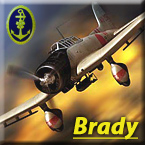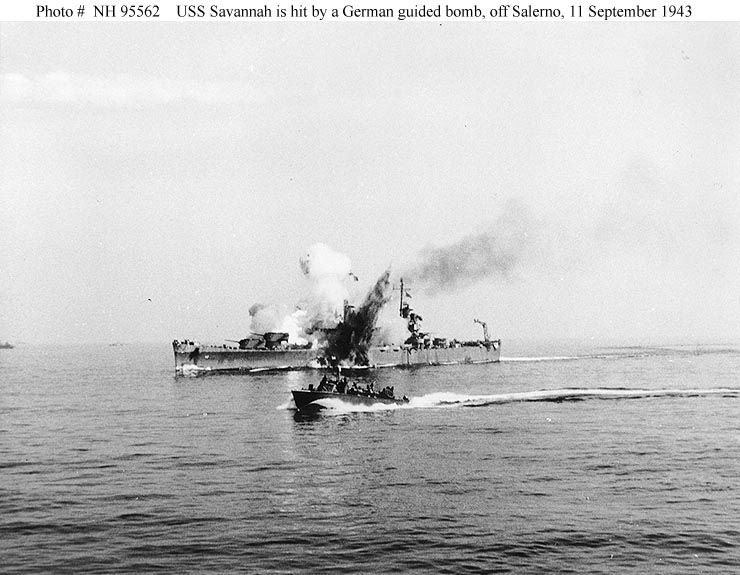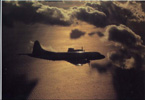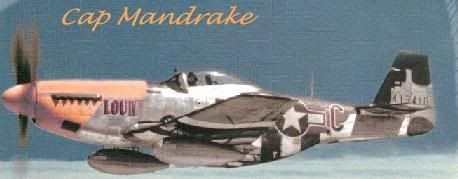ChezDaJez
Posts: 3436
Joined: 11/12/2004
From: Chehalis, WA
Status: offline

|
According to one of the websites on the Fritz, it said that the operator used a modified "Luka" or "Luda" (don't remember which) bombsight to steer the weapon. The operator looked out the nose while reaching to the right side to guide it.
The US Navy P-3 Orions still used manual wire-guided air-surface missiles called the Bullpup as late as 1983 IIRC. It was designed to engage small surface targets such as a surfaced submarine. The pilot launched it from a range of about 3-4 miles and then used a joystick attached to his armrest to guide it. The missile had a flare on the back that allowed you to track it visually. The problem with the missile was it took 2-3 seconds for the command from the joystick to translate to action at the missile and then a few more seconds for the pilot to recognize the change. Chances of a hit were fairly remote. I can only remember seeing 1 hit on the 10-15 flights we launched it. The P-3 had to remain heading inbound at a slow descent during the entire time. Anyone with a AK-47 could have shot us down.
Another problem was the missile was almost as dangerous to the airplane as it was to the target. VP-49 once had one come off the wing and fail to ignite for about 5 seconds. By that time the plane was ahead of it. When the rocket lit, the missile zoomed under the wing and went ballistic. It missed the wing by less than 10 feet!
Chez
_____________________________
Ret Navy AWCS (1972-1998)
VP-5, Jacksonville, Fl 1973-78
ASW Ops Center, Rota, Spain 1978-81
VP-40, Mt View, Ca 1981-87
Patrol Wing 10, Mt View, CA 1987-90
ASW Ops Center, Adak, Ak 1990-92
NRD Seattle 1992-96
VP-46, Whidbey Isl, Wa 1996-98
|
 Printable Version
Printable Version






























 New Messages
New Messages No New Messages
No New Messages Hot Topic w/ New Messages
Hot Topic w/ New Messages Hot Topic w/o New Messages
Hot Topic w/o New Messages Locked w/ New Messages
Locked w/ New Messages Locked w/o New Messages
Locked w/o New Messages Post New Thread
Post New Thread